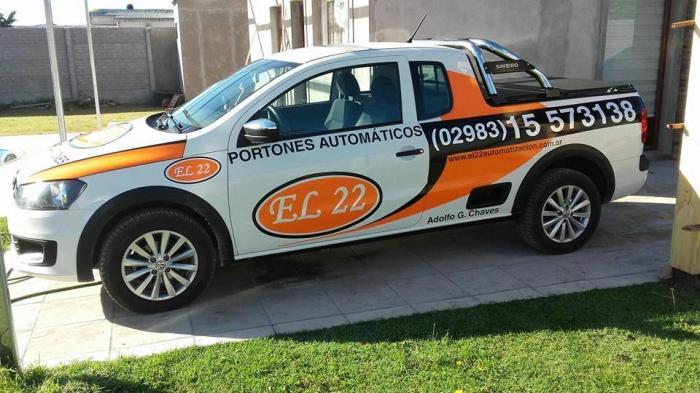


Although it may seem obvious, versatility is its standout feature, as it allows you to move freely without being connected to the power grid. In some cases and for certain tasks, the cable becomes a nuisance, and in these situations, we value the independence of a battery-powered tool the most. And that’s where the list of advantages ends.
Currently, new models are being marketed with significant improvements compared to the first cordless grinders. These advantages include:
The truth is that this is a technology that is gaining traction, to the point that many major workshops are transitioning to cordless tools because it has been proven that they help increase productivity.
Pay close attention to the battery specifications. It should be of the Lithium-Ion (Li-Ion) or Lithium Polymer (Li-Po) type. Don’t let anyone sell you a cordless tool with the old Nickel batteries, as they have significant disadvantages in terms of charge, capacity, and lifespan.
Check the included accessories, as some come without a battery and/or charger.
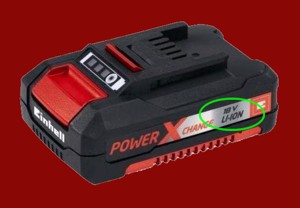
Below, we’ll look at some models and their approximate prices.
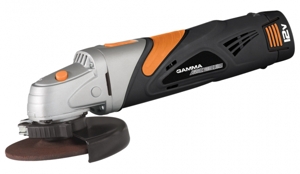
This grinder is small, lightweight, and practical for low-demand uses.
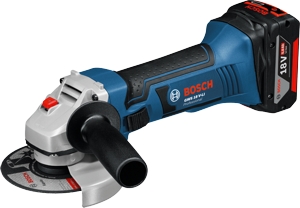
Excellent features for professional use.
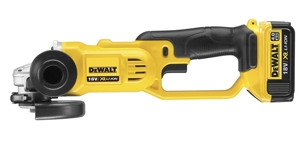
Good features for professional use.
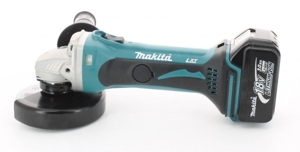
Good features for professional use.
There are more robust models, but they are difficult to find in our area.
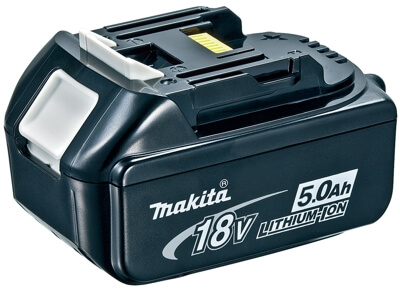
Given the high cost of battery packs for cordless tools, it’s advisable to take some precautions when charging the batteries. Here are some "tips" for best practices to extend the lifespan of your batteries. In this case, we’re referring to Lithium-Ion batteries, also known as li-ion or Lithium-ion.
The myth that the first charge must be 8 hours is false. A new battery should be charged until the charger indicates 100% capacity, and that’s it. This process usually takes no more than 30 minutes.
It’s advisable to have 2 battery packs. If possible, when planning your tool purchase, it would be very convenient to buy an additional battery. This will benefit you while working, as if you deplete one pack, you can switch it out and continue working without waiting for a recharge.
This is where having multiple packs comes in handy to extend battery life by maintaining a minimum charge level.
The "issue" is that these li-ion batteries have a certain number of charge and discharge "cycles" before their lifespan ends. Let’s assume an average of 1,000 cycles, considering that each cycle is counted when the charge is consumed below 30%. So, if we’re careful to recharge the pack when it’s at half capacity, we’ll save some cycles.
In summary: Don’t wait for the battery to run out. Rotate between the charger and the grinder when the pack in use indicates approximately 50% capacity.
It’s better to store batteries fully charged. When you finish working, leave the batteries charging until they reach 100% capacity, especially if you won’t be using the grinder for a while. This is good for the batteries and also ensures you have a full charge the next time you need to use it.
Did you find this article useful? Share it!


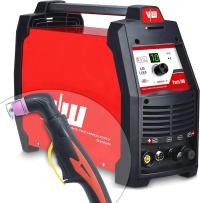
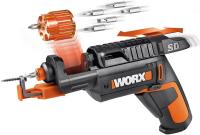
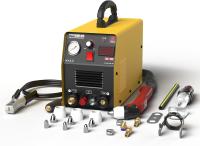
They are already part of the Job Board
